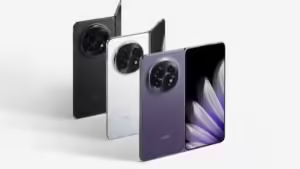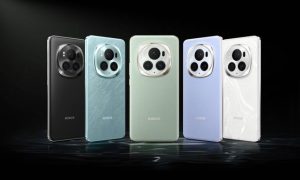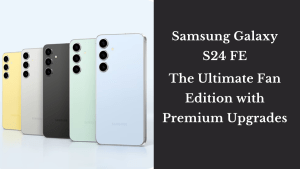
Failed Smartphone Brands
The smartphone industry is fiercely competitive, with many brands entering the market with high hopes, only to disappear after a short stint. In this article, we’ll explore the stories of some notable failed smartphone brands, including LeEco, Xiaomi Mi A1, MicroMax’s U Televentures, Meizu, Coolpad, and more. These brands, despite their initial promise, couldn’t sustain themselves in the long run. The lessons from their rise and fall offer valuable insights, especially for the UAE smartphone market.
LeEco: A Bold Vision That Crumbled Quickly

LeEco was once hailed as a disruptive force in the smartphone industry. The brand entered the market with a strategy to undercut established players like Apple and Xiaomi, offering premium features at competitive prices. LeEco even aimed to rival Tesla by showcasing its electric car. However, within just 6-8 months, the company shut down operations due to rapid fund depletion. LeEco’s story is a cautionary tale about the importance of sustainable growth and prudent financial management in the highly competitive smartphone market.
Xiaomi Mi A1: A Missed Opportunity in the Android One Project

Xiaomi’s Mi A1 was a game-changer in its time, offering a pure Android experience with Google’s software updates, along with a powerful camera setup at an affordable price. The Mi A1 was part of the Android One project, which aimed to provide a clean, bloatware-free Android experience. However, the series was discontinued, and the project was abandoned, leaving a gap in the market for such innovative products. This missed opportunity is particularly relevant for the UAE market, where consumers increasingly seek high-quality smartphones at competitive prices.
MicroMax’s U Televentures: A Brand That Couldn't Last

MicroMax, once a popular brand in India, launched U Televentures to compete with Xiaomi. The U series included models like U Eureka, U Euphoria, and U Utopia, which initially garnered attention. However, the brand struggled to differentiate itself from competitors and maintain product quality. As a result, MicroMax’s U brand faded away, illustrating the importance of innovation and consistent quality in the smartphone industry.
Meizu and Coolpad: Innovation Without Longevity
Meizu and Coolpad were two Chinese brands that entered the Indian market with promising products. Meizu, known for its powerful smartphones, and Coolpad, which introduced affordable phones with fingerprint scanners, both struggled to maintain their market share. Despite their initial success, these brands couldn’t establish strong branding and ultimately exited the market. The UAE market, with its diverse consumer base, can learn from these stories, emphasizing the need for strong branding and long-term vision.
Lessons for the UAE Smartphone Market
Meizu and Coolpad were two Chinese brands that entered the Indian market with promising products. Meizu, known for its powerful smartphones, and Coolpad, which introduced affordable phones with fingerprint scanners, both struggled to maintain their market share. Despite their initial success, these brands couldn’t establish strong branding and ultimately exited the market. The UAE market, with its diverse consumer base, can learn from these stories, emphasizing the need for strong branding and long-term vision.
The stories of LeEco, Xiaomi Mi A1, MicroMax’s U Televentures, Meizu, Coolpad, and other failed smartphone brands serve as a reminder that entering the smartphone market is not just about launching a great product. It requires careful planning, financial prudence, and a focus on long-term growth. For the UAE smartphone market, these lessons are invaluable as the region continues to attract more tech-savvy consumers and innovative brands.









Add comment